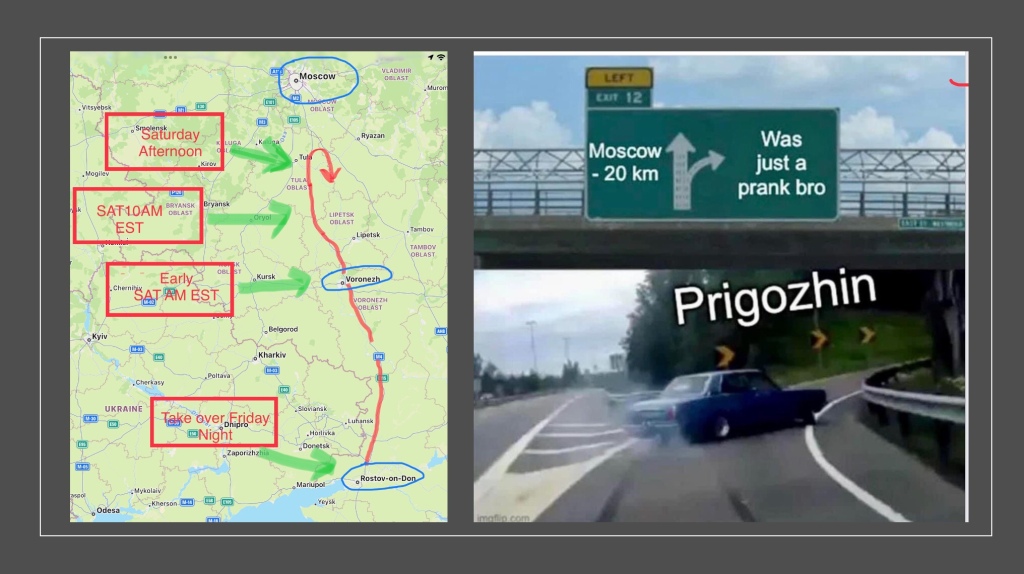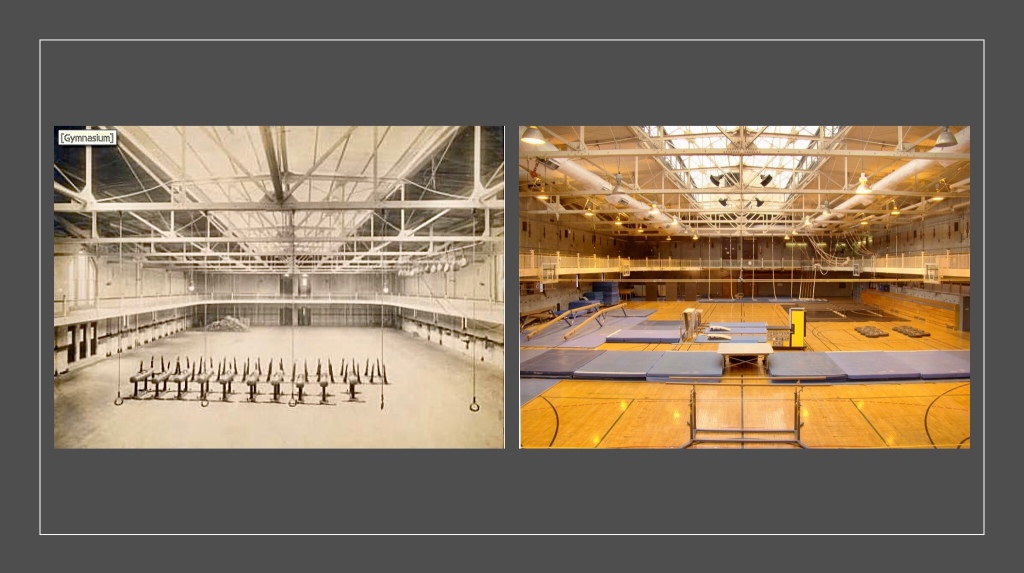I started the blog “Live Life Exuberantly” eight years ago this week. I didn’t know where this journey would take me, but I’m somewhat amazed – 341 posts later, and it’s still going. One of the many things I’ve learned about myself along the way is that I’m more of a storyteller than a writer.
My first blog, “Why Live Life Exuberantly”, (a link is in the addendum) was published on October 19th, 2015. It was 300 words long and a reaction to a number of health issues or deaths several friends and family members were going through at the time. Looking back now, I think it was an attempt to start something new in life, partly to show myself I was still alive, and maybe growing.

Since then, it’s been a strange journey. There is no discernible overall theme with the blog such as cooking, or politics, or history, or current events. In fact, it has been all over the place, which I think is both a strength and a weakness. I don’t attract people who want to focus on one subject only, whether it’s new recipes, or the latest fulminations about our current political environment. That “focused space” seems to be where most bloggers/writers are these days. This blog is pretty much the opposite, covering whatever happens to pique my interest at any given time.
Topics have included family history, Dad’s time in the Army, my time in the Army, Covid, our travels in Africa, racism, drinking stories, guest blogs from a couple of friends, current events, politics, our pets, baseball, cooking and food, Germany, Ukraine, random thoughts, friends and a host of other topics. I keep telling myself I’m going to cross reference them by general topic someday, but it hasn’t happened yet.
My 340 previous posts have generated around 83,000 views from over 60,000 visitors over the past eight years. I’ve written close to 400,000 words during that period of time. When the blog started, I averaged a post every two weeks or so. Now, I push something out on a weekly basis and average 150-250 views/post. The best ones have generated over 1,000 views. The less read, around 60-70. Those are pretty small potatoes compared to “real” bloggers. They mostly write daily and have thousands of views for each post.
My blogs with the lowest number of views tend to be cooking or baseball write ups. It’s funny, I know they aren’t going to be viewed/read much, but I can’t help myself from writing several of those over the course of a year. Sometimes a blog I think will have minimal viewing ends up exploding, while others I’ve poured my heart and soul into generate only minimal interest.
That last point led me to an observation about this effort – I’m writing as much for myself as for others. I’d be lying if I didn’t say I’m glad people read the blog and I track the statistics – but for me, a big part of the pleasure is in the writing. And, while I believe my writing has improved over the years, I know I’m not a particularly gifted writer. Ernest Hemingway and Toni Morrison can rest easy in their graves. Having said that, I do think I’ve inherited a bit of my dad’s ability to tell a story.
When we were kids sitting around the breakfast table on Saturday mornings, there would inevitably be uncles or aunts visiting and drinking coffee. Dad was great at telling stories from his childhood during the depression, or his time in the army. It didn’t matter how many times you heard them, he had a way of making them fresh, or funny, every time he told them. We’d sit there laughing as we heard for the tenth time how he and Uncle Mickey learned there was no Santa Claus. He was a natural storyteller.
Telling stories. Yea, I think that’s what I mostly do, and I thank dad for that gift. Some of these stories write themselves, and my fingers can barely keep up with my brain. Others, well, others take time and thought and struggle. The path isn’t always clear and I write, rewrite, throw away, and write again. I think I enjoy that struggle. It’s a challenge and makes me feel alive. It’s a bit like trying to solve a problem and I know I sometimes do a better job of solving the puzzle than others.
In all of this, I’d be remiss if I didn’t mention my friend Colleen and my wife Cathy. Colleen has reviewed virtually all of my blogs for the past few years with edits and suggestions. She’s a real lifesaver. And Cathy? She keeps me grounded and has no problem saying, “What the hell are you thinking here?” Or, “Really? You’re going to write about that?”
I have no idea what the future will bring for me, or for “Live Life Exuberantly”. My guess is as long as I’m having fun, I’ll keep writing. And whether you are a regular, occasional or first-time reader, thanks for joining me on this journey. If you are a routine reader, I’m guessing the randomness of my topics is something you find interesting. I hope, at least occasionally, you find something that makes you smile, or makes you think.
Peace.
Addendum:
Here’s a link to the very first blog: https://mnhallblog.wordpress.com/2015/10/19/why-live-life-exuberantly/
































